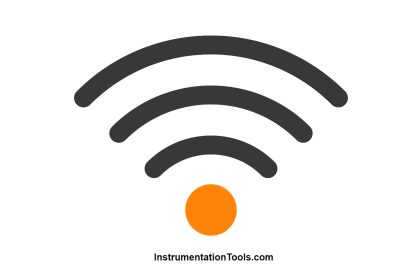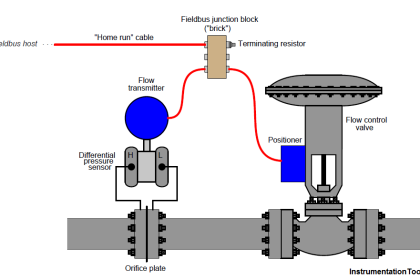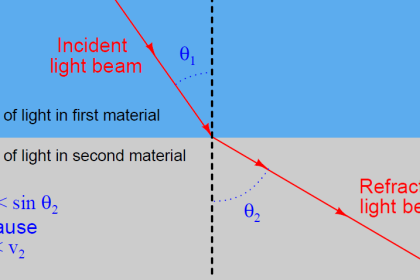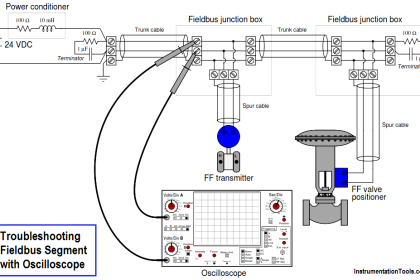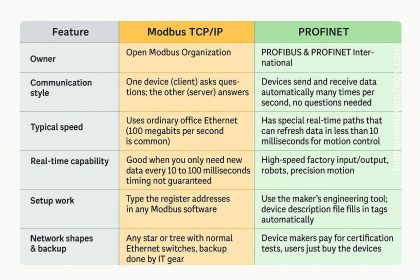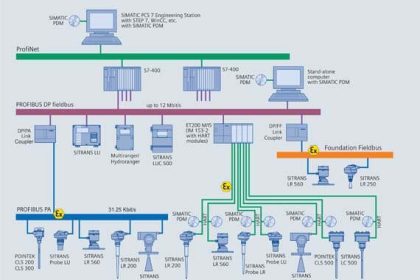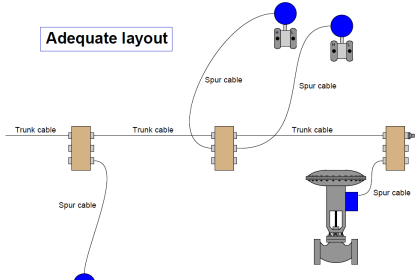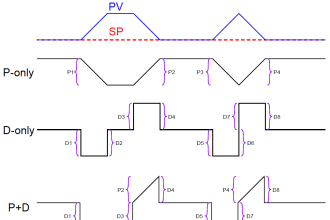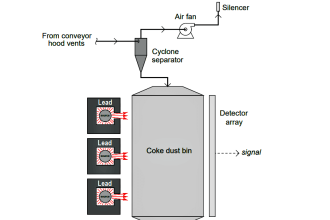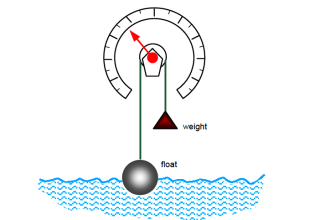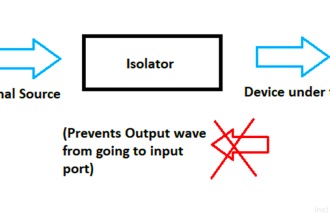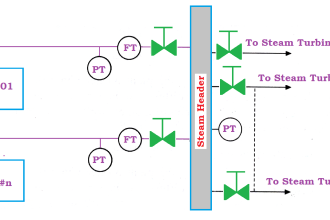In data communication, it is important to verify on the receiver end whether the data transmitted was correct or not. Also, it is not affordable to lose data in today’s time in the event of a crash or failure. So, a concept called parity is used in digital information to control errors and prevent data loss. Data management has improved drastically due to this parity concept. Parity is used in RAID technology for achieving this task of error checking and fault tolerance mechanism. In this post, we will see the concept of raid parity.
RAID stands for Redundant Array of Independent Disks.

How does parity work in RAID?
First of all, let us understand the use of parity in data management. As we know, data is transmitted digitally in the form of 1’s and 0’s. This binary data makes data communication very easy to use. Suppose a data of 11001011 (in byte form) is transmitted by the transmitter. But, it is not necessary that the receiver will receive this data in the same original form. It is necessary to evaluate data before acknowledging that it has been received correctly.
To solve this issue, an extra bit called parity is added to the data frame. Parity consists of two types – odd or even. In our example, if we add 11001011, the answer comes as 5. As 5 is an odd number, the parity bit is set to 1, making the total count as 6. This indicates that the original data was an odd number. Similarly, if the original count is already an even number, then the parity bit is set to 0. This indicates that the original data was an even number.
So now, suppose one or multiple bits are corrupted or missed in the receiver side. To find out the missing links, the parity bit will be used. If the total data count was an odd number, then the missing bit must be 1. And if the count was an even number, then the missing bit of 0.
Now, let us understand what RAID is. It stands for a redundant array of independent disks. As the name suggests, data is split and stored in multiple disks. In each disk, a parity bit of each data is stored separately. This means suppose there are four amounts of data. Then, the parity bits of each of these four data will be stored in separate disks randomly. It is not like all the parity bits will be stored in a single disk.
Due to this, when any data disk fails, the data information is restored from the parity bit stored in another drive. And suppose the drive containing the parity bit fails; then your data is intact anyway in other drives. Just replace the drive and parity will be recalculated once again. The most used RAID type is RAID 5, where a minimum of three disks are required for data storage and splitting. Refer to the below image for more understanding.

The issue in RAID arises when multiple drives fail. It is designed to handle only one disk failure. So, in case of failure of two or more drives, data redundancy is not possible and you will need the last backup if you have stored any for restoring data. One thing to note is that various error-checking algorithms are calculated before choosing the correct drive for the parity bit. The highest used RAID configuration to date is RAID 10.
Advantages of RAID 5:
- As the number of hard disks are more than or equal to 3, data redundancy is more flexible and the storage of parity bits too can be decided more smoothly.
- The speed of performance and the restore time after replacing faulty drive is better than other RAID systems.
- Read operation is faster than it’s previous RAID versions.
Disadvantages of RAID 5:
- Data redundancy in case of multiple drive failures cannot be done. For that, you require a higher level of RAID 6 where a double parity system is used.
- Write operation is slower than it’s previous RAID versions.
- Parity information only takes up a good amount of memory consumption due to the limited number of drives.
- \
RAID TYPES
| RAID Type | Parity Type | How Parity is Stored | Minimum Drives | Fault Tolerance | Performance | Storage Efficiency |
| RAID 3 | Single Parity | All parity stored on one disk (byte-level) | 3 | 1 disk failure | Slow writes, good for large files | Uses 1 disk for parity |
| RAID 4 | Single Parity | All parity stored on one disk (block-level) | 3 | 1 disk failure | Faster than RAID 3, but parity disk can slow writes | Uses 1 disk for parity |
| RAID 5 | Single Parity | Parity spread across all disks | 3 | 1 disk failure | Good read & write performance, better than RAID 3/4 | Uses 1 disk for parity |
| RAID 6 | Double Parity | Two parity blocks spread across all disks | 4 | 2 disk failures | Slower writes than RAID 5, but safer | Uses 2 disks for parity |
In this way, we saw the concept of parity in RAID systems.
Read Next:
- Factors to Calculate Network Speed
- What is Auto-negotiation in Network?
- Timeout in Communication Protocols
- Difference Between Subnet and VLAN
- What is a Patch Panel? Types and Uses
